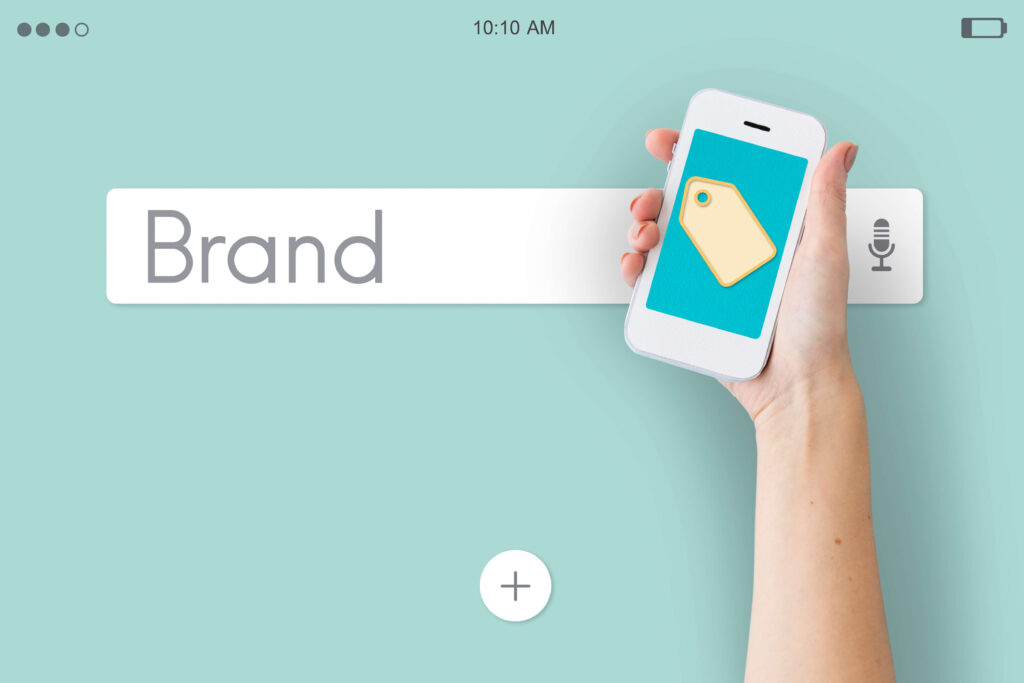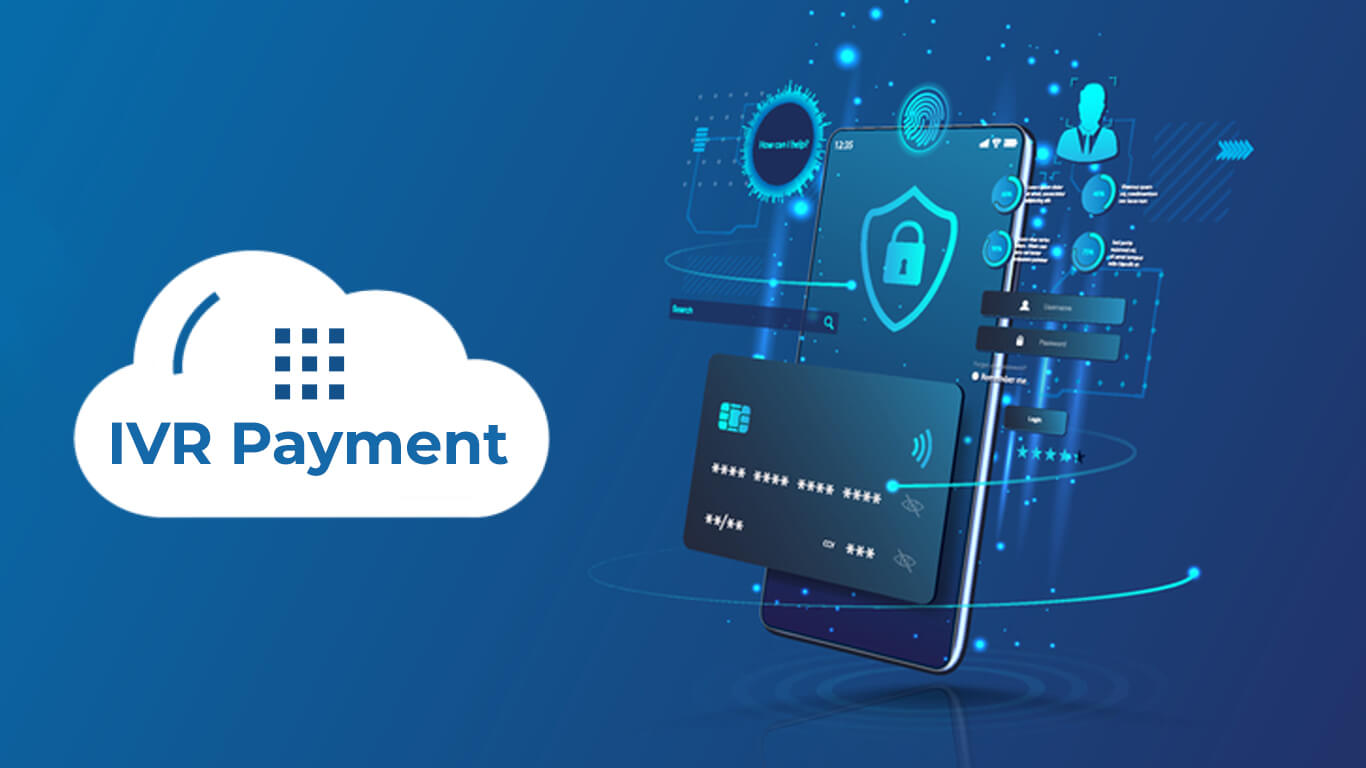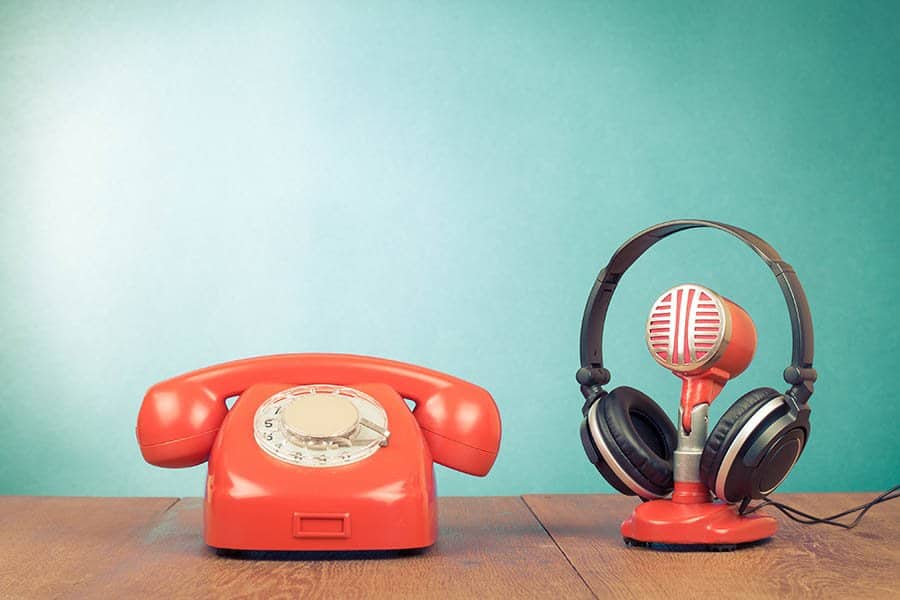On average, 68% of call center communications are made by phone, which represents a higher call volume. For this reason, managers and teams must organize their work easily. The call tag is necessary to create processes that help them also improve their performance. Many methods have emerged within various sectors to facilitate call management and analysis by teams.
Almost every company has different strategies and ways of doing business. It has no specific rules or indicators that must be followed systematically. The main purpose here is to design the processes of each organization by its context and by its needs.

What is a Call Tag?
The call tag is a Decalogue of a call. It is created according to the predefined settings. It helps you to find, sort, and analyze your searches quickly. At the same time, thanks to the call tag, you can categorize it according to your needs. If a caller contacts customer support directly for a problem with order delivery, you can use tags such as “delivery problem” or “order not received”. In this way, you will also easily review the calls. You can use an unlimited number of search tags to classify each search Decipherment. These labels describe what customers have to say about your product or customer service. In addition, certain tags can also be used to call a customer back for an appointment or to track their requests. You can easily add tags to your calls with a single click.
How to use call tags?
The call tagging feature emerged inspired by social media platforms. The better we understand our conversations in daily life, the more benefits they will provide. Search tags categorize and organize your call records in a way that makes sense to you and your teams. Every time you listen to a call, it’s possible to personally stamp it with the tag. You can add the tagging to call records for a quick reference later.
If the caller is upset about something, you can label the call as an “angry customer.” If your customer is calling for a specific customer service issue, you can classify the search with unlimited labelings, such as “customer service issue” or “broken product.” Preferred call tagging options and categories can also be customized according to your wishes.
For each search, you can use unlimited tags that are specific to the other person and identify them. You can easily use labels to describe everything from what the customer says about your products to how well your employees sell the product. You can also preset specific tags. You can also easily add to searches with a single mouse click.
After you tag a call, you can use it for speed dialing later. Thus, it also categorizes and separates the information from phone calls that are not organized in advance for you. This is how you can divide calls into groups. Trends and models will surface more easily in this way.
The use of call tagging allows marketers to plan remarketing strategies and determine lead quality. Likewise, call tagging clarifies to sales managers and managers what are common objections and how they should be overcome. Call tagging provides real-time customer feedback for businesses. In addition, tagging easily organizes real-time customer feedback.
How Call Tagging Works
By using call tags, you get convenience in calling your workplaces. You can be informed in advance by using call tagging that suits your customer types. At the same time, call tagging works so you can easily streamline your work. It provides ease of use by classifying each caller platform in this sense.
Call Tagging Measures Lead Quality
For marketers, measuring potential customer quality is often a goal that seems difficult to achieve. But using call tagging is no longer a problem. You can use tracking numbers using a call tracking tool. With these tracking numbers you get, it helps you determine which marketing methods are generating phone calls and which aren’t. To give an example of this event; Imagine that a tracking number associated with a particular email marketing campaign accounts for 70% of your calls. If you have a standard call tracking company, assume that the email campaign that accounts for 70% of your searches also works very well. However, if you want to develop additional campaigns, you’ll need to spend more money.
When you listen to the incoming calls through the tracking number, you can easily determine that the callers are not very interested in your product. They’re just looking for information. But they are far from buying. You can also label a few calls you’ve made as a “cold customer” or “not close to buying.” Thus, you will see that a classification emerges over time. Each of these calls comes from email campaigns, which account for 70%. While this campaign creates 70% of your searches, you also realize that it does not provide you with sales.
The process of tagging the searches used is some of the information you may not be aware of without the ability to search and organize. Thanks to the call tagging system, you can easily determine which potential customers are or which are cold customers.
Tag Angry Calls
Do you know what percentage of your calls to your business is coming from angry customers? You probably have an estimate. But many businesses don’t know exactly how many angry customers they have. When an angry customer calls, you can label the call directly as “angry.” When you have 10 or more angry customers, you can start looking for patterns. So you can easily solve the problem in your business by finding the common cause. It may also not just be relevant to the business. Phone representatives and any employee can also be a factor influencing this situation. Once you’ve identified a model, you can easily start solving the problem.
Call Tagging Helps Develop Accurate ‘Win-Back’ Strategies
By tagging your searches, you can easily figure out why a customer isn’t buying from you. You don’t have to guess why they don’t buy, as most businesses have done. You don’t even need expensive research like rich businesses to do. Instead, you can make taggings by hearing your calls and determining the exact reasons why your customers aren’t buying. Thus, you will hear the reasons directly from the mouths of your customers. Then you try to get them back with “recovery strategies”.
Call Tagging Cuts Down on Lead ‘Leakage’
One of the problems that happen in every business is “leaked” leads. No matter how well-intentioned or automated your system is, human error leaks out and your leadership process begins to deteriorate. Potential customers usually see between 1% and 2% go through cracks. But in general, there are leaks in everyone’s customer experience. You can reduce these leaks by using call tagging. If you label your searches as “hot leads,” you can easily group them. This will also make it easier to follow.
Call Tagging Identifies Buying Hurdles
Any call that does not result in a sale must be labeled with the caller’s reason for not buying as well. You can label your search as a “high price,” especially if the caller objects to buying your product, mentioning the price. If the caller says that your product doesn’t provide the specific feature they’re looking for, you can label the search as “appeal: feature.” The fact that your business is in a remote location may be hurting you. In this sense, it is possible to label the complaints you receive as “location”. By multiplying these examples further, you can accurately measure your buyers’ non-purchases.
Tag to Re-Market
From time to time, any customer calls and wants to buy your product, but says they don’t have time. One of the important details here is that instead of tagging other elements of the search, you can use custom labels to remarket them. If you want to be even more specific, you can use labels that indicate that the person wants to remarket based on what they said during the interview. This will ensure positive results for your future marketing efforts.
Employee Rudeness
Before using tagged searches, what we tell you is what the potential customer says in the search. But would you like to label calls based on what your employees say during the call? Imagine that your agent is a little rude in the conversation. They were also not polite to the customer. You can label the search here as “rude worker.” Because it can group your calls, you can identify which of your employees are constantly being rude on the phone. If you are constantly experiencing this situation with your employee, you can train them to improve.
High Employee Performance
You can tag this call instantly, especially when you hear that your employees are selling a very good product, and offering excellent customer service. You can label the search using general phrases like “high employee performance.” Here you can make your classifications in the most appropriate way using any label you want. You can often even apply several tags to the same call. You can use call tags to measure call quality and improve sales performance.
Competitor Comparisons
Do your potential customers compare you to your competitors? Or how often do they do it? Most importantly, which aspects of your company or products are they comparing too? Standard call tracing alone does not adequately answer these questions. But you can get the best answers to questions by using search tags. When a customer starts mentioning a calling competitor, you can tag the call instantly. You can also add the competitor’s name or what the calling customer referenced when talking about them. When you group search tags, you start to see your customers’ expectations of you. Search tags make your call records even more useful. It also helps you easily improve your business application.



